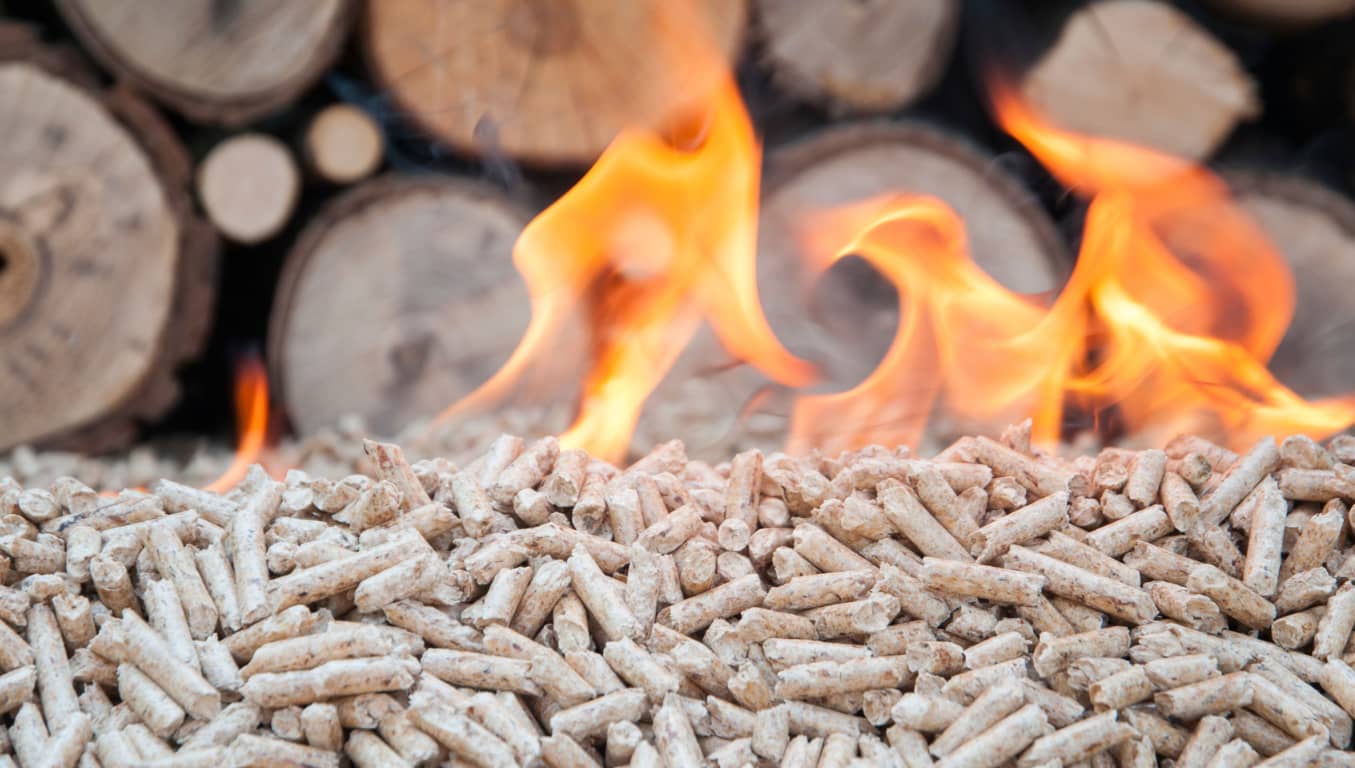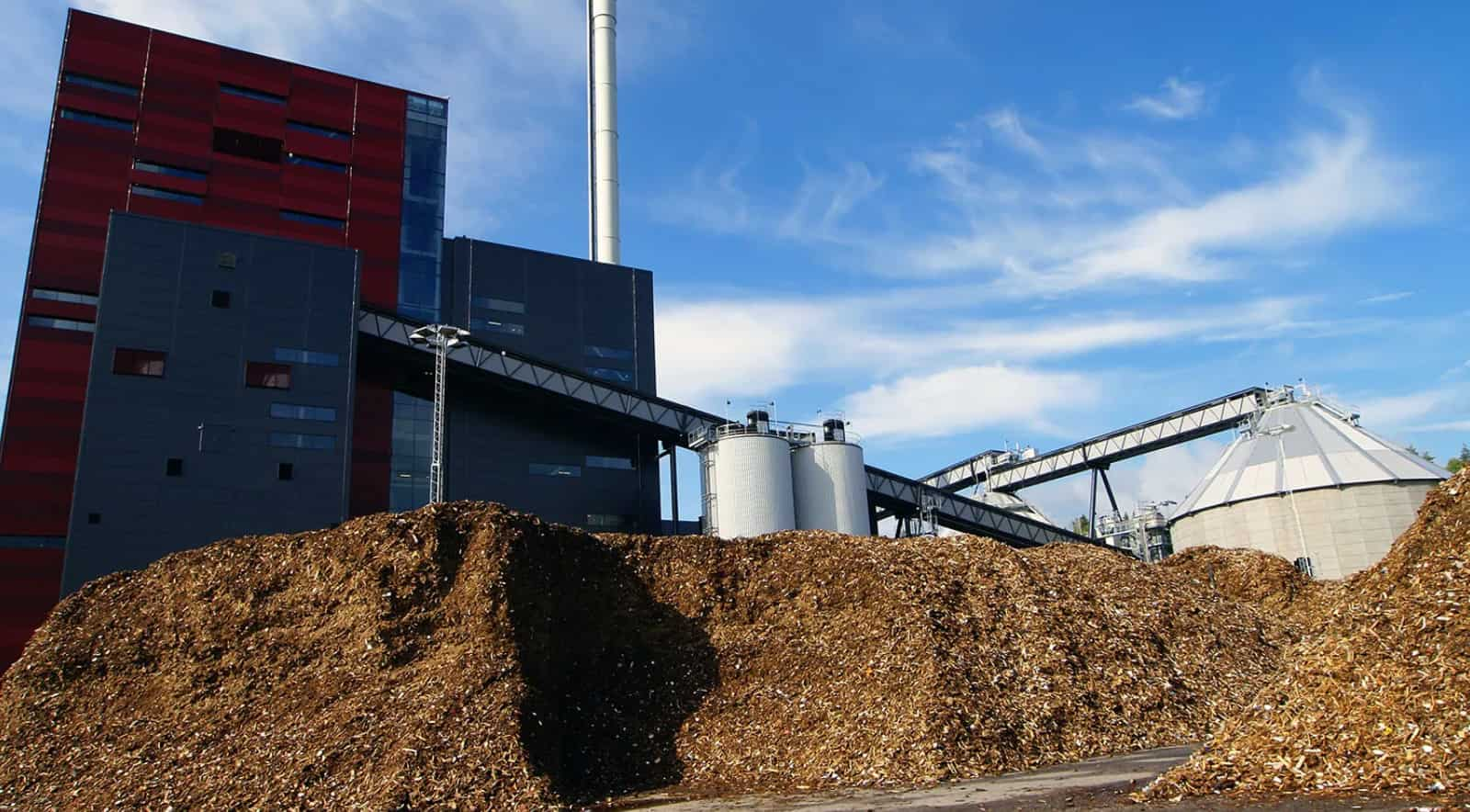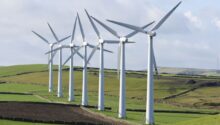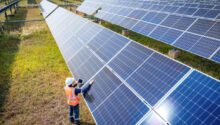The world needs to move away from fossil fuels, and we’re exploring various renewable options to make it happen. Solar and wind are the big names, but what about biomass?
This lesser-known energy source comes from burning organic materials like plants and animal waste. It seems like a win-win: reducing waste while generating energy. But it’s not that simple. Let’s break down the pros and cons of biomass energy to see if it’s worth the hype.

What Is Biomass Energy?
First things first—what exactly is biomass energy? In simple terms, it’s energy produced from organic matter. This could mean wood, crops grown specifically for energy, leftovers from farming, or even algae. There’s also waste—things like garbage or industrial byproducts can be turned into energy too.
The process is straightforward. Most biomass energy comes from burning these materials to create steam, which spins a turbine to generate electricity. Other methods include using bacteria to break down waste and release methane or converting biomass into gas or liquid fuels.
Sounds pretty resourceful, right? Let’s see what’s good about it.
Advantages of Biomass Energy
A Renewable Resource with Endless Potential
Unlike fossil fuels, which take millions of years to form, biomass replenishes quickly. Think about it: plants grow back every season, and we’re constantly producing organic waste. As long as we manage it wisely, the supply will keep coming.
Reducing Waste While Generating Energy
One of the coolest things about biomass energy is how it tackles waste. Instead of letting garbage pile up in landfills, it can be used to create electricity. Materials like food scraps, wood chips, and even grass clippings can be turned into energy. It’s like giving trash a second life!
A Reliable and Flexible Energy Source
Biomass does not rely on sunny skies or windy conditions. As long as there’s organic material available, it can generate electricity around the clock. This makes it a solid backup option for times when solar or wind energy falls short.
Abundant and Easy to Find
Organic material is everywhere. Whether it’s forest waste, crop leftovers, or algae, biomass sources are all around us. It’s unlikely we’ll run out anytime soon—so long as we manage these resources responsibly.
Potentially Carbon-Neutral
Here’s a big plus: biomass is often called “carbon-neutral.” Why? Because when it burns, it releases the same amount of carbon dioxide that plants absorbed while growing. It’s like hitting the reset button on carbon emissions. Compare that to fossil fuels, which release carbon that’s been trapped for millions of years.

Disadvantages of Biomass Energy
High Costs of Production
Biomass energy sounds great until you see the price tag. Building biomass plants is expensive, and running them isn’t cheap either. Transporting and storing all that organic material adds up. Compared to solar panels, which are becoming more affordable, biomass has a long way to go.
Space Requirements
These energy plants aren’t small. They need plenty of space for the facility itself and for storing the organic materials. Plus, if we’re growing crops for energy, that takes up even more land. Not exactly ideal if you’re short on space.
Environmental Impact Risks
Here’s the tricky part: biomass is renewable, but it’s not always environmentally friendly. Harvesting wood for energy can lead to deforestation if done recklessly. Growing algae or crops for biomass might require heavy fertilizer use, which can pollute waterways.
And burning biomass still releases pollutants like methane and nitrogen oxides into the air.
Inefficiency in Energy Production
Biomass energy isn’t as efficient as you might hope. Sometimes, the process of burning organic material takes more energy than it produces. That’s a big hurdle to overcome if we want to use biomass on a larger scale.
| Pros | Cons |
|---|---|
| Renewable energy source | High production cost |
| Reliable (weather-independent) | Requires large areas |
| Reduces waste | Emits greenhouse gases |
| Abundant resources | Potential environmental impact |
| Carbon-neutral energy source | Less efficient than other sources |
The Future of Biomass Energy—Hope or Hurdle?
So, where does that leave us? Right now, biomass energy accounts for about 5% of the U.S.’s energy consumption. There are over 600 power plants across the country using it, and it’s been around longer than you might think—biomass was a primary energy source before fossil fuels took over.
But for biomass to be a big player in renewable energy, some changes need to happen. We need better technologies to make it more efficient. We also need stricter management practices to avoid issues like deforestation and pollution.
If we can figure all that out, biomass could play a bigger role in reducing our reliance on fossil fuels.
Conclusion: Should We Bet on Biomass Energy?
Biomass energy has its pros: it’s renewable, reduces waste, and can work around the clock. But the cons are hard to ignore—high costs, environmental risks, and inefficiency.
If you’re looking for a practical renewable option right now, solar or wind might be better bets. They’re cleaner, cheaper, and easier to set up for most people. That said, biomass could still be part of the solution, especially in places with lots of organic waste to spare.
My take? Keep an eye on biomass, but don’t expect it to solve all our energy problems just yet. For now, a mix of renewable sources is probably the smartest way forward.





